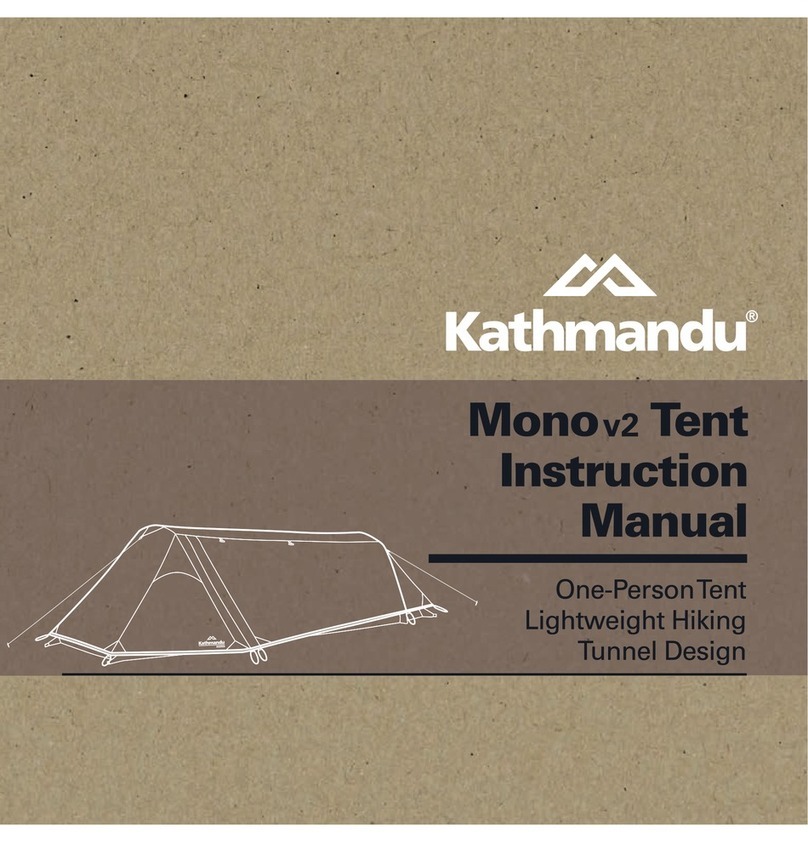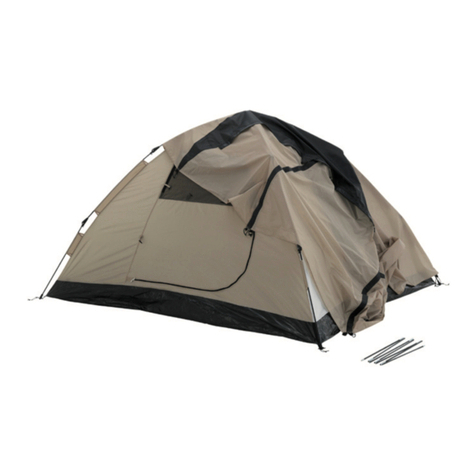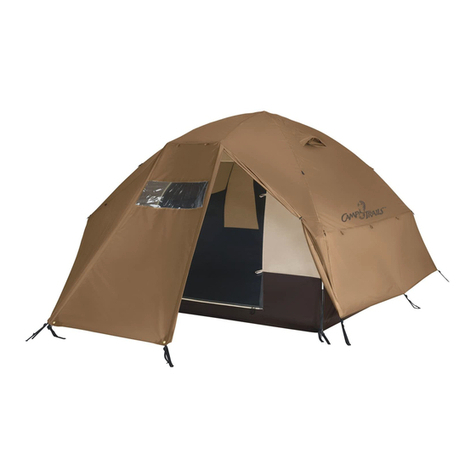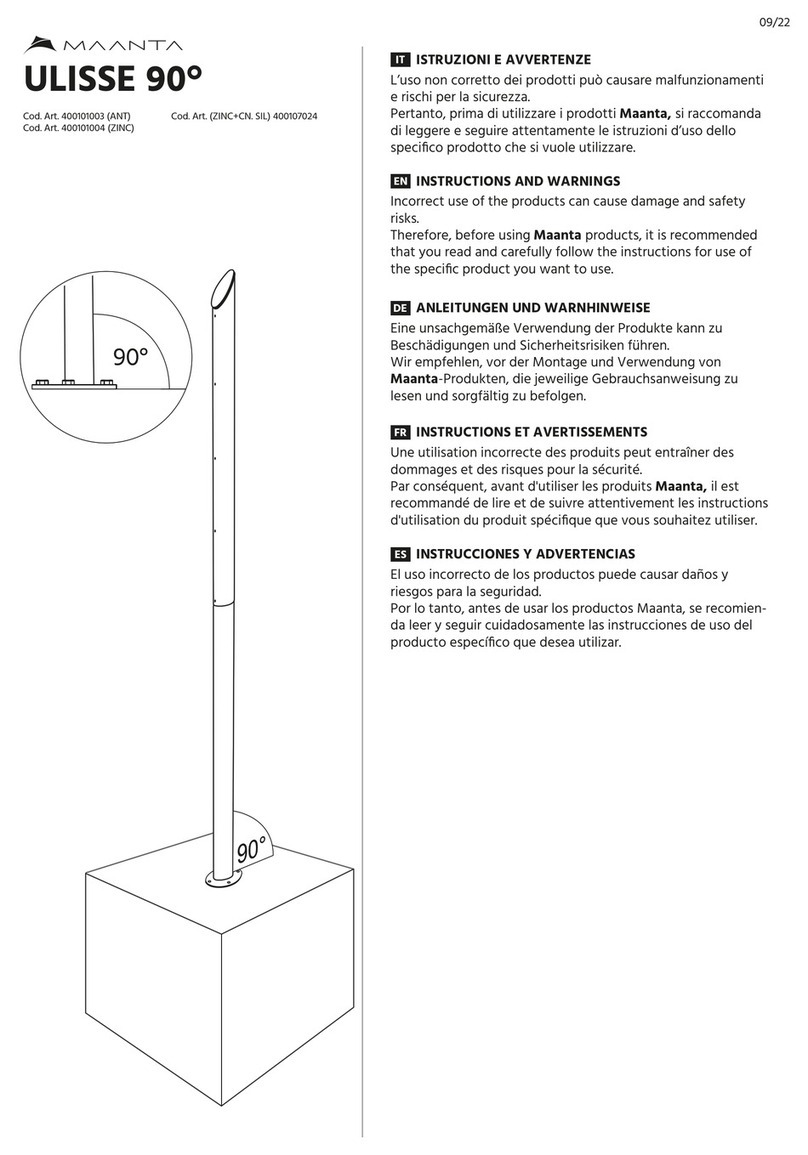This tent is fast and easy to pitch,
with strong alloy poles and secure
guy-lines. Two vestibules and extra
pockets give you heaps of internal
storage. With all this space and
storage, the Bora only weighs
2.88kg, making it a very efficient
design to accompany you on your
wilderness adventures.
The Bora is the perfect tent to take
with you into the wilderness. The
three-season Bora has a freestanding
partial geodesic design that creates a
comfortable, breathable inner shelter
protected by a durable, waterproof
seam-sealed fly-sheet above, and a
tough waterproof floor on the ground.
This two-person tent is compact
enough to carry in a pack, but it’s still
large enough to sit up comfortably
and get ready for your day of exploring
without bumping against the ceiling. The
convenient design includes a spacious
front vestibule, perfect for storing gear
or the kettle.
CARING FOR YOUR BORA TENT:
We’ve written these instructions
specifically for you. We know you know
what you’re doing, but please read
through and follow them anyway. This
tent must be fully and correctly pitched
to these instructions, using all guy-
lines and pegs supplied; failure to do
so may void the warranty.
We recommend pitching your new
tent for the first time at home to
become familiar with it and to check
you have everything. It’s better to be
looking at it now, than looking for it
when you need it.
PAC01561





























